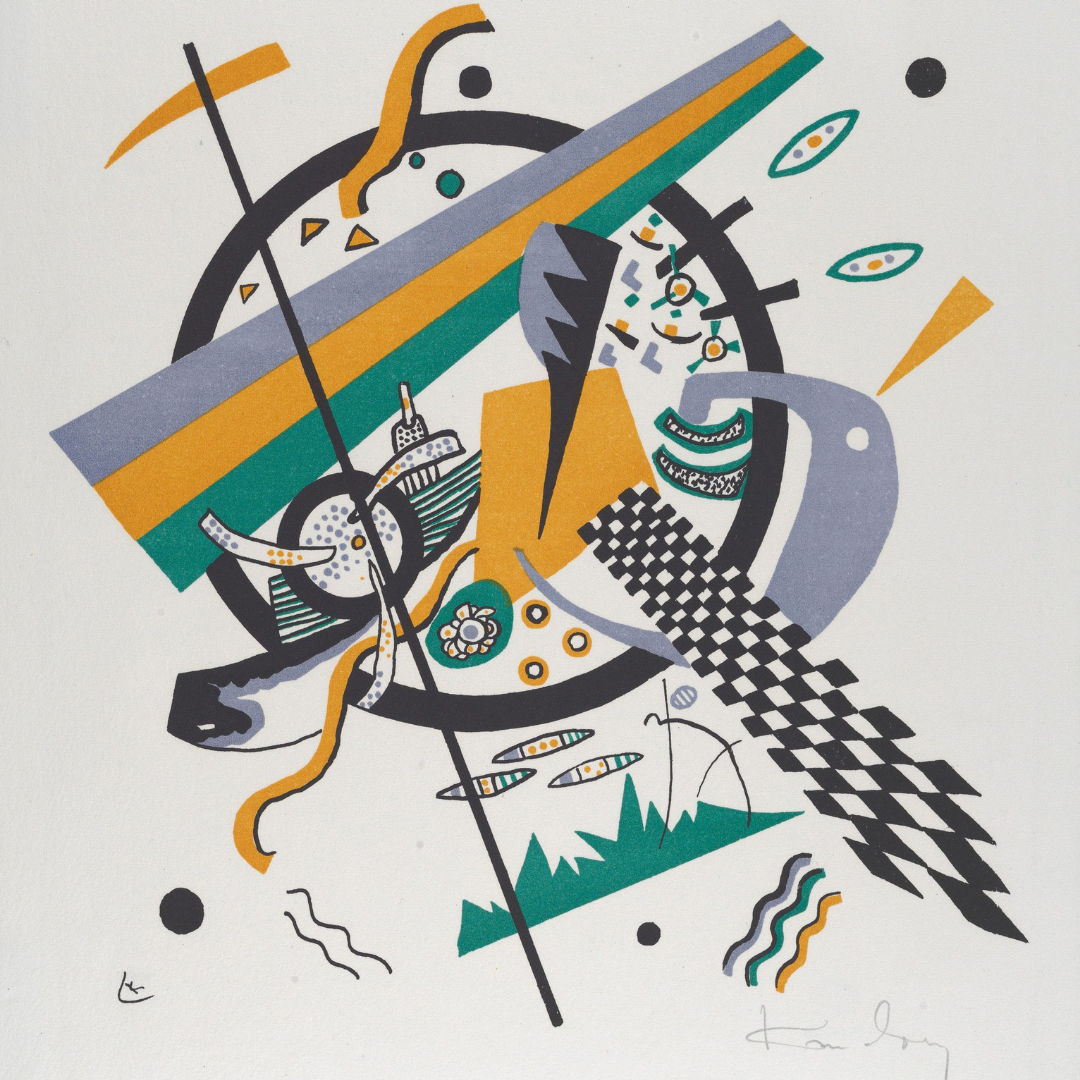Abstract art, also known as non-objective art, emerges from the exploration of ideas and perceptions independent of traditional artistic subject matter. While abstract art generally does not depict human figures, abstract paintings contain recognisable objects. The term abstract is used in the art world to describe a painting or drawing that contains little or no figuration and is generally non-representational.
This is a kind of art that does not depict anything in particular. Instead, it uses a limited selection of colours and shapes and does not use realism to portray the truth. The colours are used for their artistic appeal alone, without any specific meaning. The shapes typically have no specific resemblance to anything but are used for their own ideas. The absence of realism in abstract art is what makes it distinct from realism.
Now, what we’ve mentioned may sound strange to many, but this isn’t an uncommon practice in the world of art. However, abstract painting is still an art form that has gained popularity over the years. It is widely accepted as a superior form of art, not just because of its abstract nature but because of the variety of styles in which it has been created.
Abstract art is not a single style and if you’re creative, you may be interested in this type of art. It’s an umbrella of techniques that use shapes, lines, and colours to create an image that does not seem to possess a physical form. Whether it’s a drawing or a painting, abstract art is characterised by its seeming to lack a tangible, physical form.
It is a style of painting that is complex yet simplistic in its expression, often utilising unique themes and abstract motifs. While the art form originated in the 20th and 21st centuries, the roots of abstract art can be traced back almost 2,000 years to the ancient Greek world. In the early 20th century, prominent artists including Henri Matisse and Wassily Kandinsky helped popularise abstract art, founding a movement that continues to this day.
This art form aims to create an image that represents an idea, or concept, without using specific objects or figures. The idea is to evoke an emotional response in the viewer, often in response to a feeling of peace, tranquillity, harmony, or even cognitive dissonance.
Abstract art is usually hard to describe and even harder to understand. One of the best ways to understand abstract art is to think of the world in which it was created. Most abstract art takes place in the mind of the artist, who creates it by way of their thoughts, emotions, and imagination.
It is a very broad category of art with many different sub-genres, from the well-known and popular ones such as Cubism and Abstract Expressionism to the more obscure ones such as Non-objective Art, Color Field painting, Op Art, Neo-pop, Pop Art and Post-pop art. There is no one definition of abstract art, and many artists who practice it have theories and ideas about their ideas.
This kind of art was created by artists who focused on the creative process rather than creating a great piece of art. They meant to convey a concept rather than reproduce a specific object, making the art more open to interpretation.
Abstract art is more than just a painting-it is a very personal message that conveys the thoughts and feelings of an artist, whether an individual or a group creates the work. Abstract art is generally a type of art that represents and conveys an idea or concept that is not tangible, such as an emotion, philosophy, or idea, rather than a realistic depiction of an object.
If you didn’t know, abstract art is often misunderstood, so let me try to explain it. An abstract work of art is one whose subject is not natural in the physical world. Abstract works of art are not a part of nature but are created by the mind. In a way, abstract art is a form of art that is true to the essence of art.
Abstract art has a long tradition of being the work of genius artists. Picasso, Matisse, Kandinsky, and many other greats are known for their abstract art.



